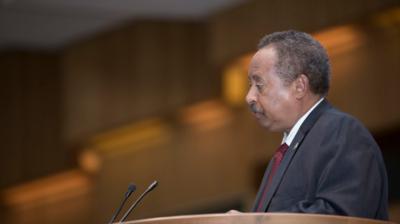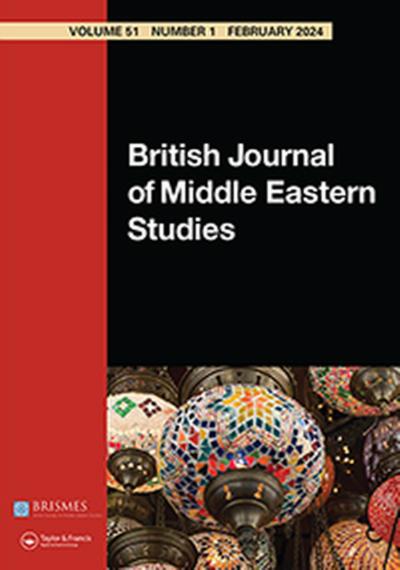The Manuscripts of the Riydha Mosque in Lamu
The project is financed by the British Library Endangered Archives Programme and will be conducted in collaboration with the University of Cape Town.
The aim is to digitalize the entire manuscript collection of the Riyadha mosque in Lamu, Kenya. This collection holds several unique copies and represents Islamic education in East Africa for the past 120 years. Using digital photography, an index will be produced, and DVDs will be deposited at the Riyadha, the Kenya National Museum of Kenya and the British Library. The collection itself will remain on the mosque premises. The collection will be profiled on existing websites and made available for research.
Background
The Riyadha Mosque in Lamu is the longest continuously functioning and one of the most influential Islamic teaching institutions in the Swahili world. It was founded in the in the late 19th century, and has since provided both basic Islamic education to children and higher learning (Islamic law, Quranic exegesis etc.) to advanced students. The Riyadha, with its “branches” in other parts of the region, has come to epitomize East African Islam. Drawing on wider links with the Hadramawt (Yemen) as well as regional collaboration as far south as the Comoro Islands, the impact of the Riyadha on Islamic intellectual history in East Africa cannot be underestimated. Today, the institution educates children from the entire Lamu archipelago as well as advanced students from all over East Africa in the regular madrasa (mosque school) and in its Muslim Academy which now houses approximately 50 students.
The manuscript collection of the Riyadha mosque is unique from several perspectives. Firstly, it provides an important overview of the historical orientation of Islamic education in East Africa. The collection also contains works that can be found nowhere else. Several of the manuscripts have inscriptions that name owners over decades, indicating the economy of books and reading. Finally, the presence in many of the manuscripts of inter-linear Swahili translations in the Arabic script opens for research on the use of the Arabic script before colonial education. Thus, both from a research perspective and from the point of view of literary and cultural value, the manuscript collection of the Riyadha Mosque forms a unique part of Kenyan, East African and African Islamic heritage.


